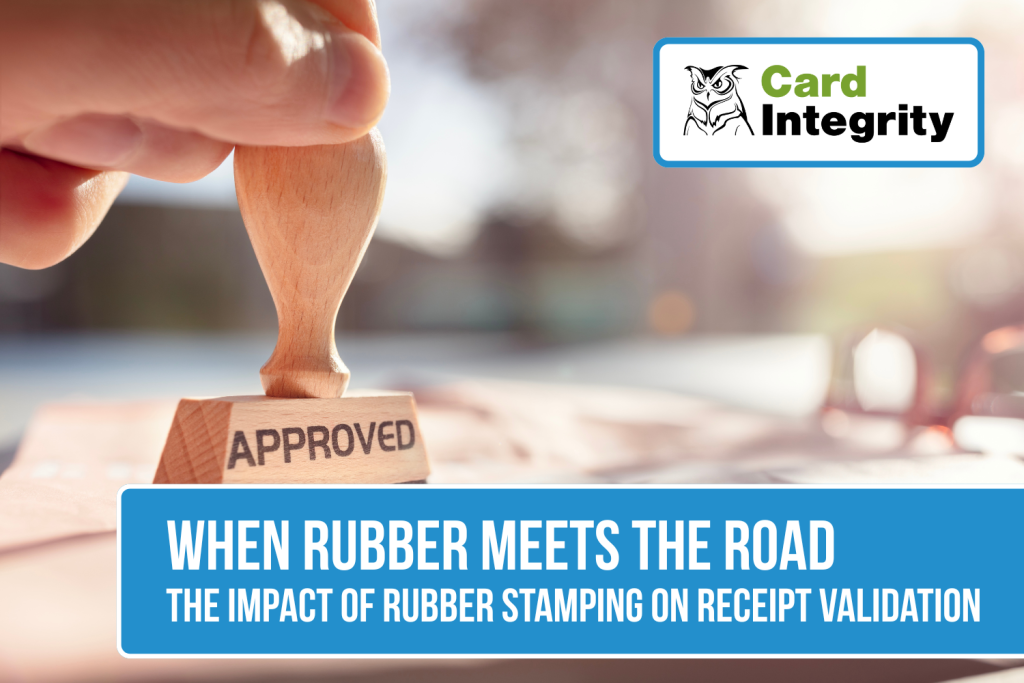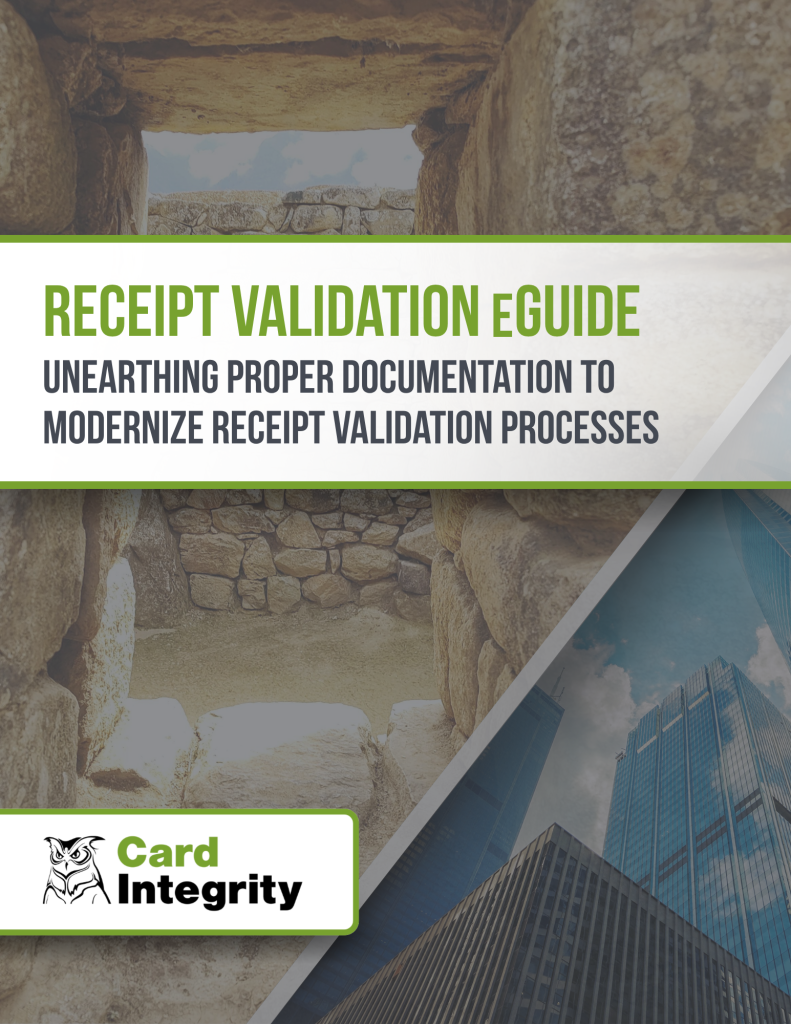As validating receipts for business purposes has become more crucial, attempts and techniques to circumvent it have become more common. The traditional, purely manual process is susceptible to overlooking or missing policy violations largely due to the repetitive nature of it. Having a person solely responsible for reviewing and validating receipts is not common: it is typically a “done when it can be done” sort of task, not a major job function.
This can lead to what we call “rubber stamping”, meaning to approve something without appropriate consideration.
The impact of rubber-stamping
Essentially, this means that there are a lot of non-compliant receipts that slip past a lackluster receipt review process. The Association of Certified Fraud Examiners (ACFE) publishes statistics regarding occupational fraud on a yearly basis. In 2024, they found that:
- The median loss per fraud case was $145,000
- The average loss per case was $1.7 million
- 84% of fraudsters displayed at least one behavioral red flag before being caught
- The average time on average it takes to detect occupational fraud is 12 months
Not to mention, you do not have to look very hard to find reports about organizations dealing with fraud and abuse. Receipts are not always a part of these stories, but they are common enough. And those are just the organizations that have had that information become public.
Slipping through the cracks
Card Integrity has offered its receipt validation services for over a decade. In that time, we’ve seen plenty of things that would make you scratch your head. Here are the most common issues that Card Integrity has encountered when validating receipts, the types of things that rubber stamping might miss:
- Non-itemized receipts. Every item within a transaction should be visible on the receipt. Otherwise, there is no way to verify that the purchase actually coincides with the business reason submitted by the employee.
- Non-legible receipts. Most often, this is due to a blurry photo, but it can also be due to a thumb covering the transaction amount or a poorly cropped photo.
- Missing receipts. Your organization likely has a “missing receipt” form that employees fill out if they lose a receipt or forget to ask for one. This is a troublesome process and encourages diligent and proper documentation on the part of the employee.
- Improper substitutes for receipts. This is most common for gasoline transactions. An employee may submit a picture of a gas pump because the card reader did not print out a receipt for them. They may also try to submit a picture of their credit card statement for an out-of-pocket reimbursement if they don’t have the receipt.
- Submitting a PayPal or Venmo transaction instead of the original invoice or receipt. This is not trackable and can be manipulated.
- Tip amounts not included. A dishonest person could pocket the “tip” on a reimbursement.
- AI- or template-generated receipts. There are websites one can visit to print off a legitimate looking receipt from common national chains and stores. Or, one can simply use an AI image generation model like Midjourney, Stable Diffusion or FLUX.1 to create a legitimate looking receipt, complete with crinkling, rips, and coffee stains for added realism. These receipts signal specific intent to deceive, and to an untrained eye, they can be passed very easily.
Stamp out receipt review woes with ReceiptWISE
Card Integrity’s ReceiptWISE service takes rubber-stamping out of the equation… permanently. It allows organizations to achieve true 100% review, as well as combat rubber-stamping and other issues that arise as from a lack of bandwidth. It shifts resources away from menial, repetitive work to free employees up to do more engaging, rewarding work than going through receipt submissions.
If you’re interested in learning more about ReceiptWISE, request a free demo here. We’ll be happy to walk you through the service!
If you’re interested in learning more about receipt validation, check out our free eGuide below where we dive into details on what is a surprisingly nuanced topic. Receipt validation has changed a lot over time… this eGuide gets into the details of different methods, how problematic receipts slip through the cracks, and the importance of strong controls to properly validate transaction documentation.




